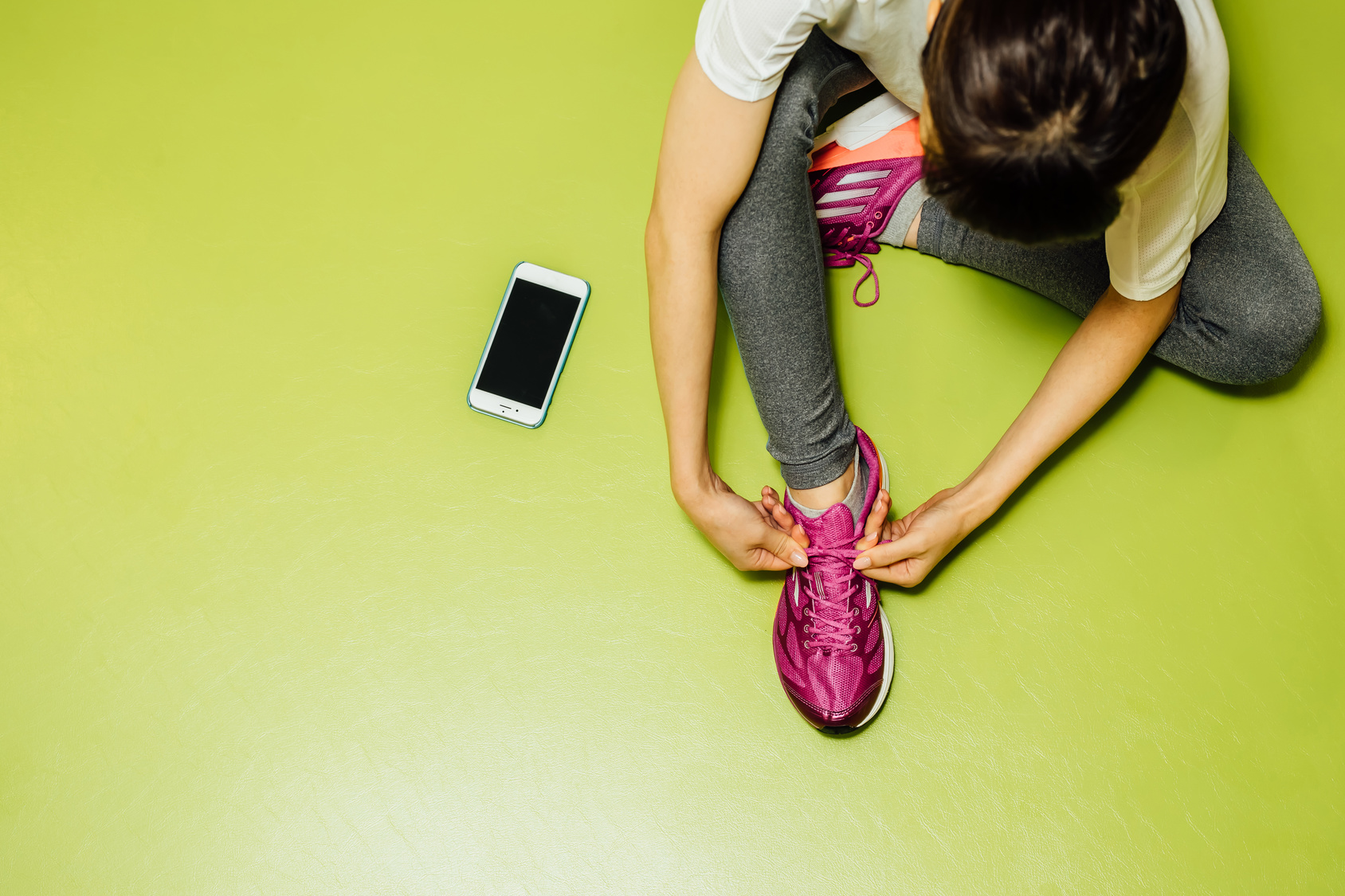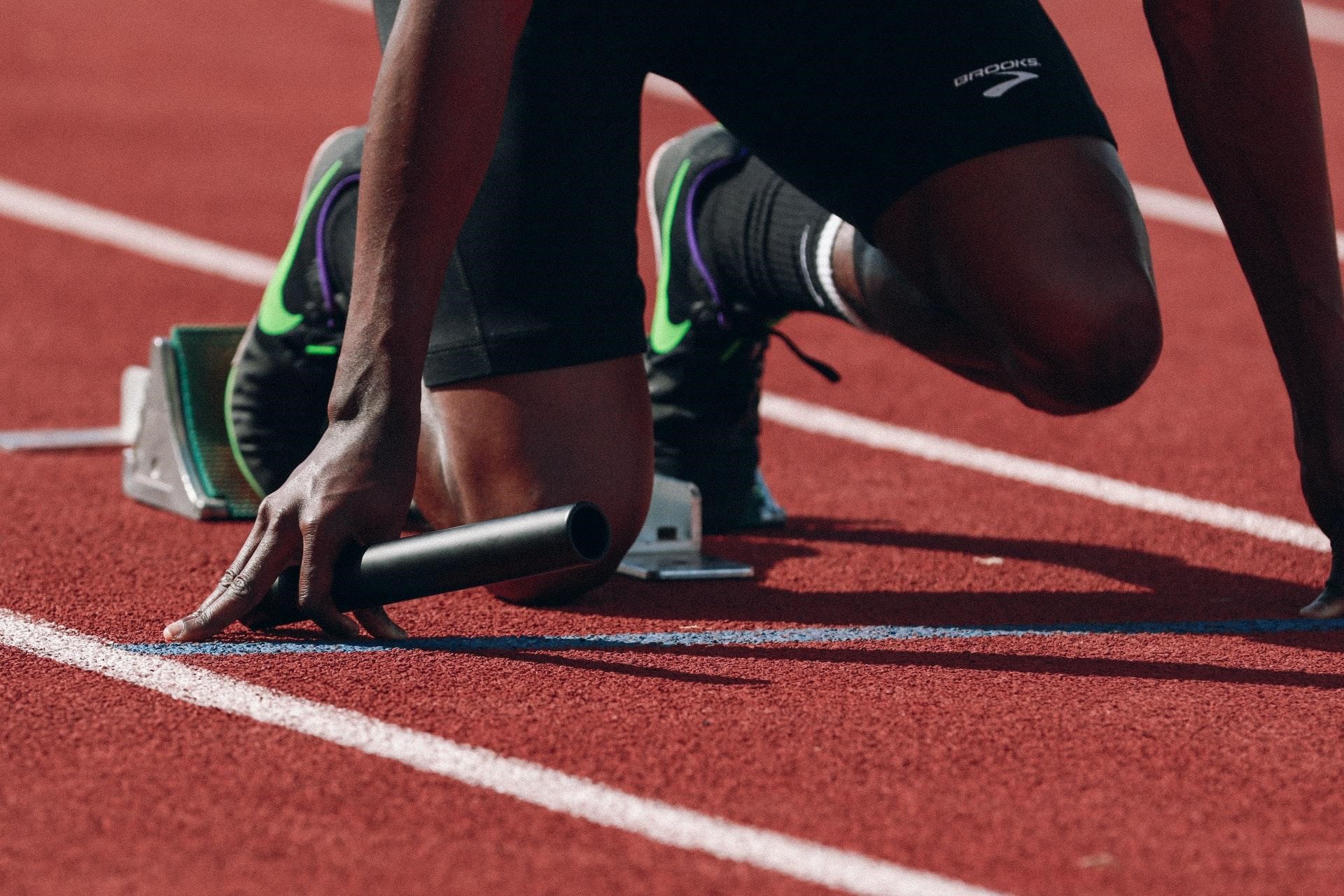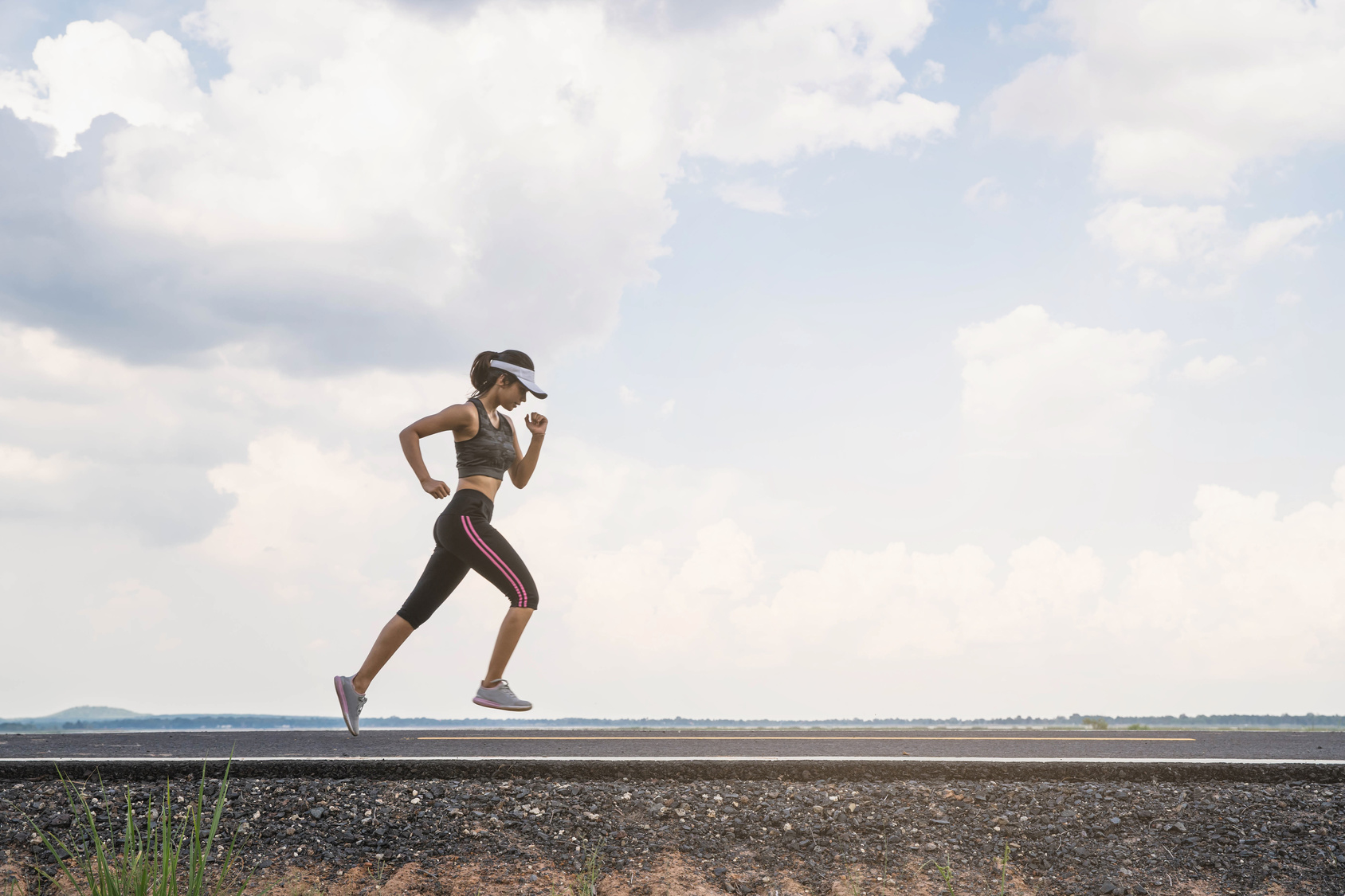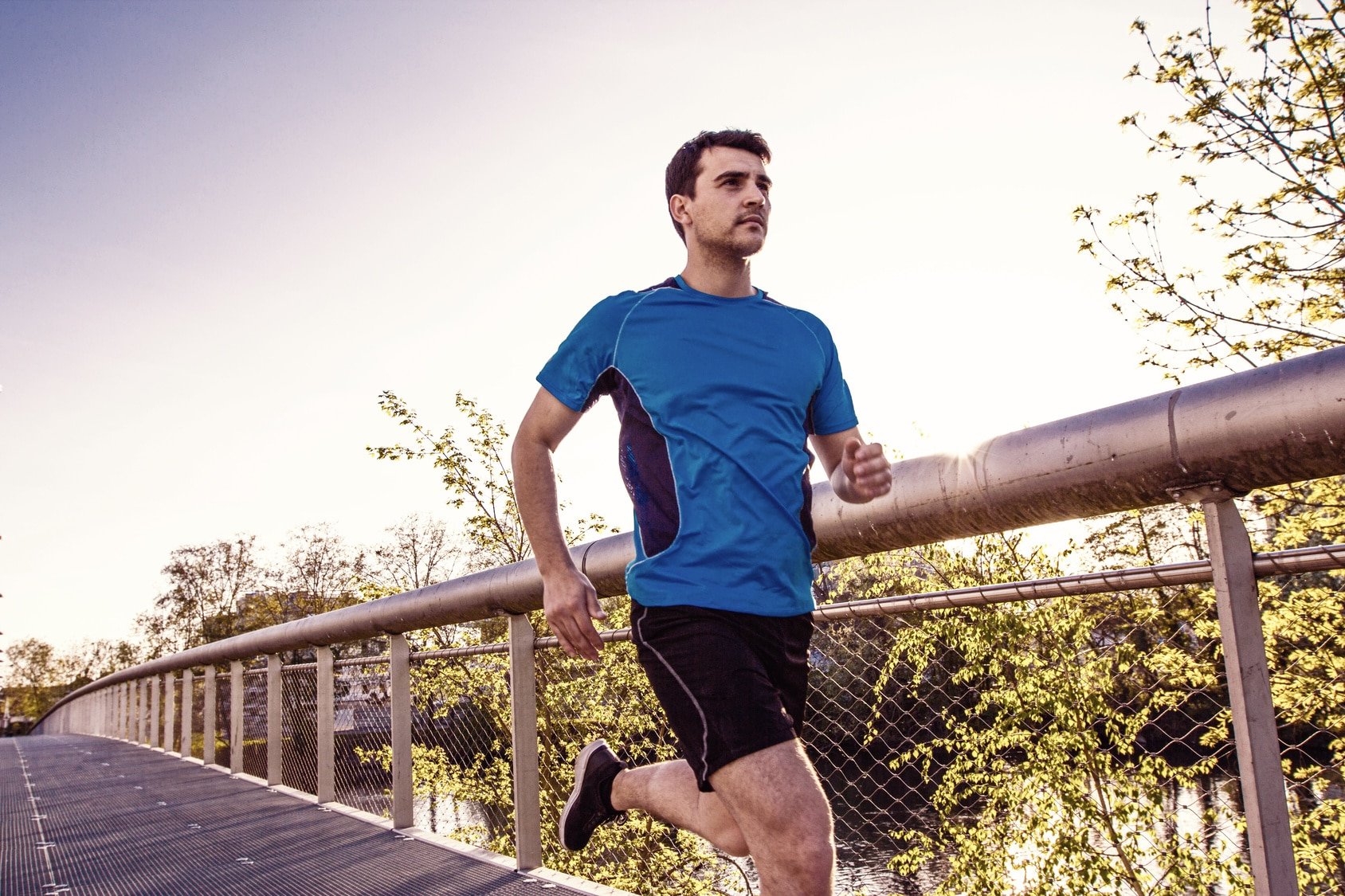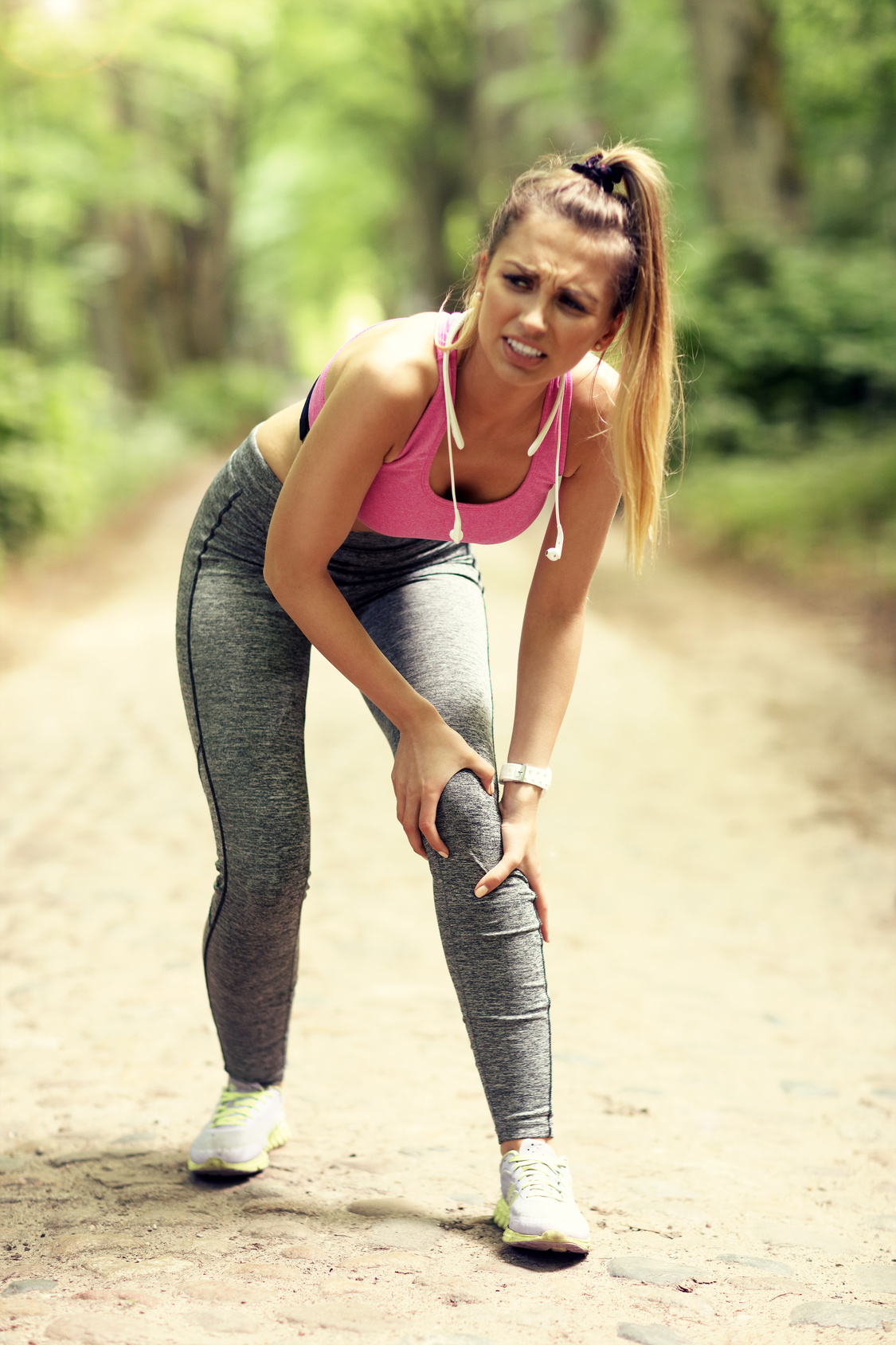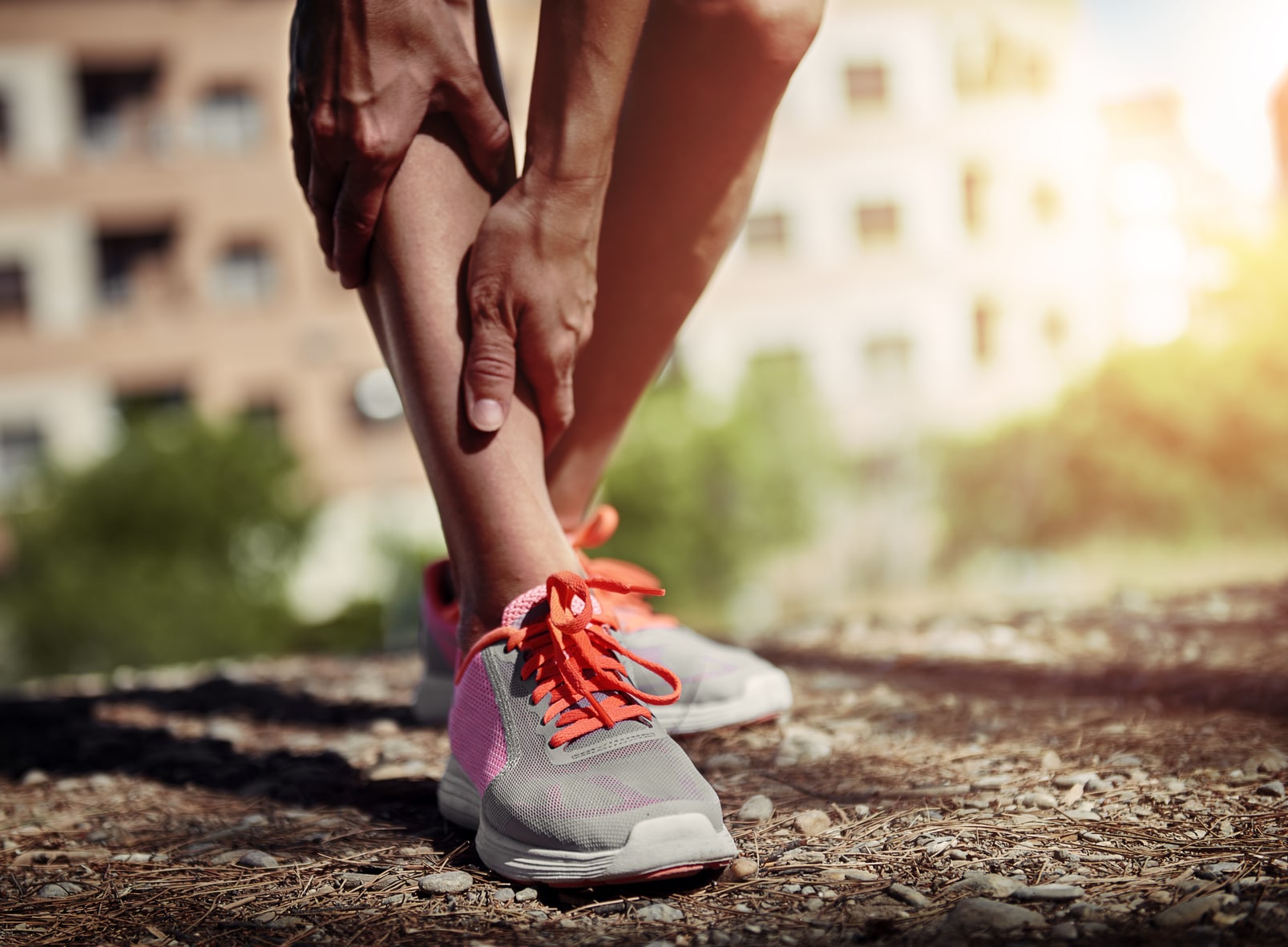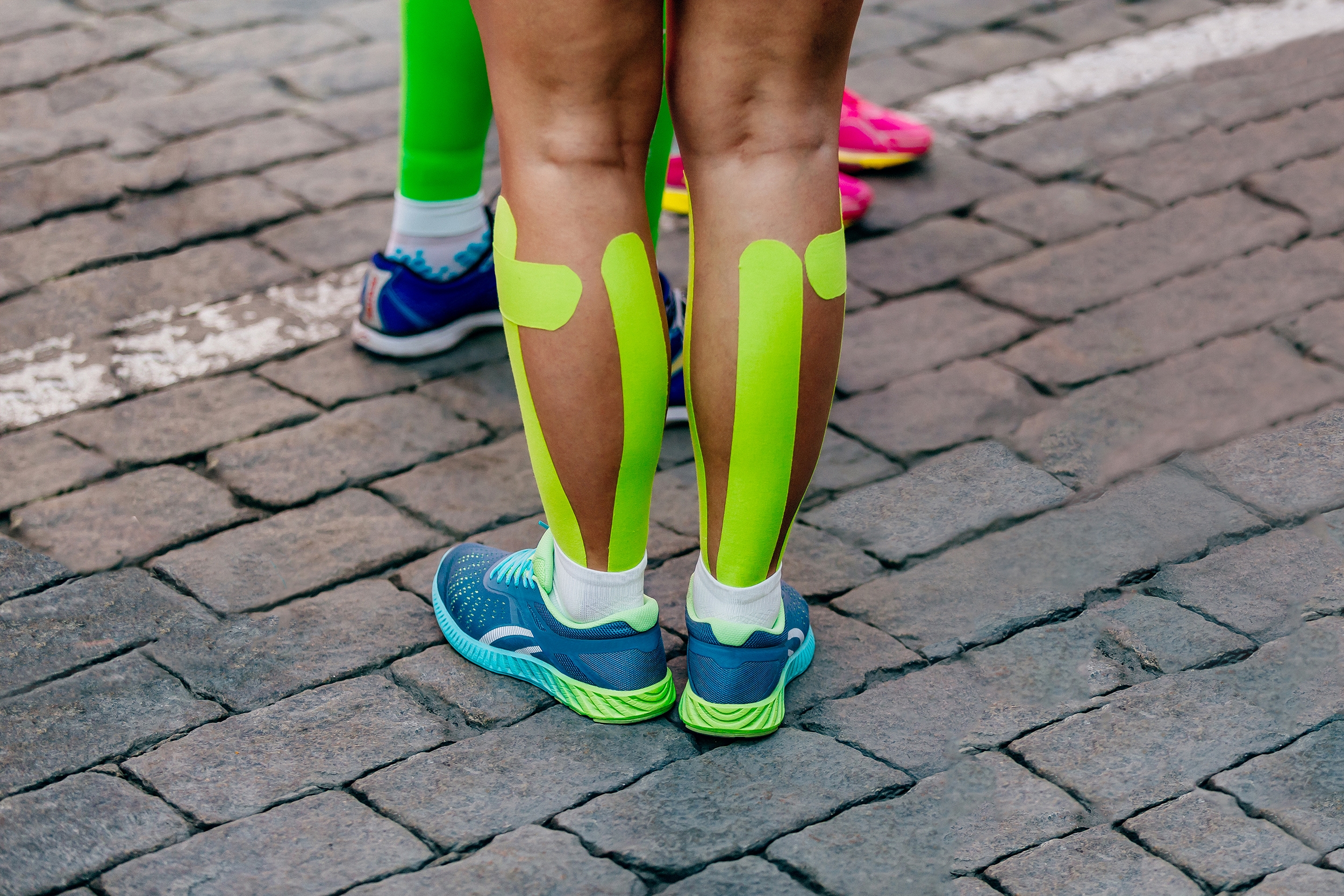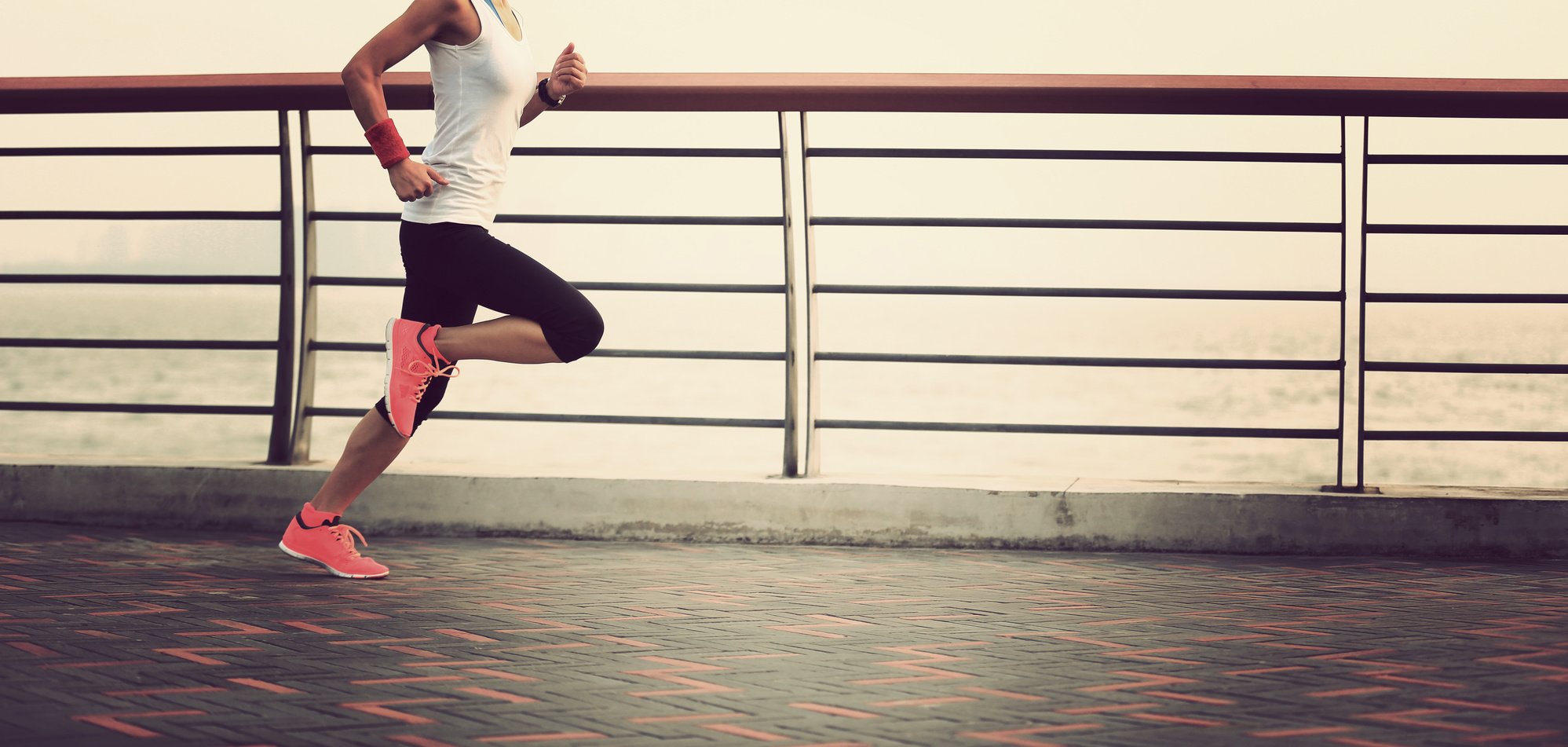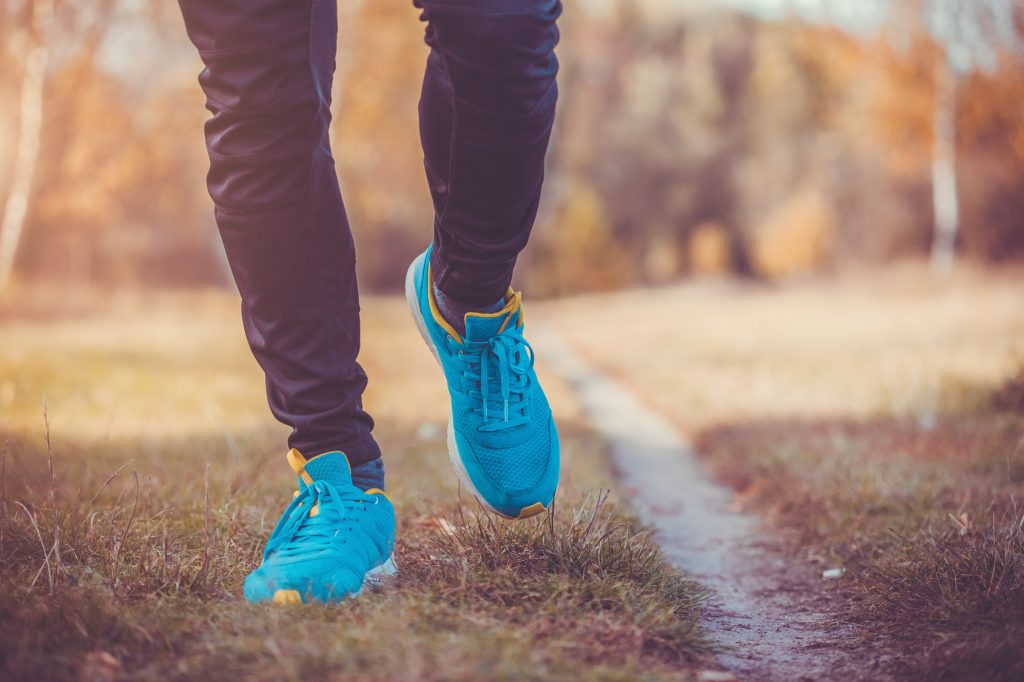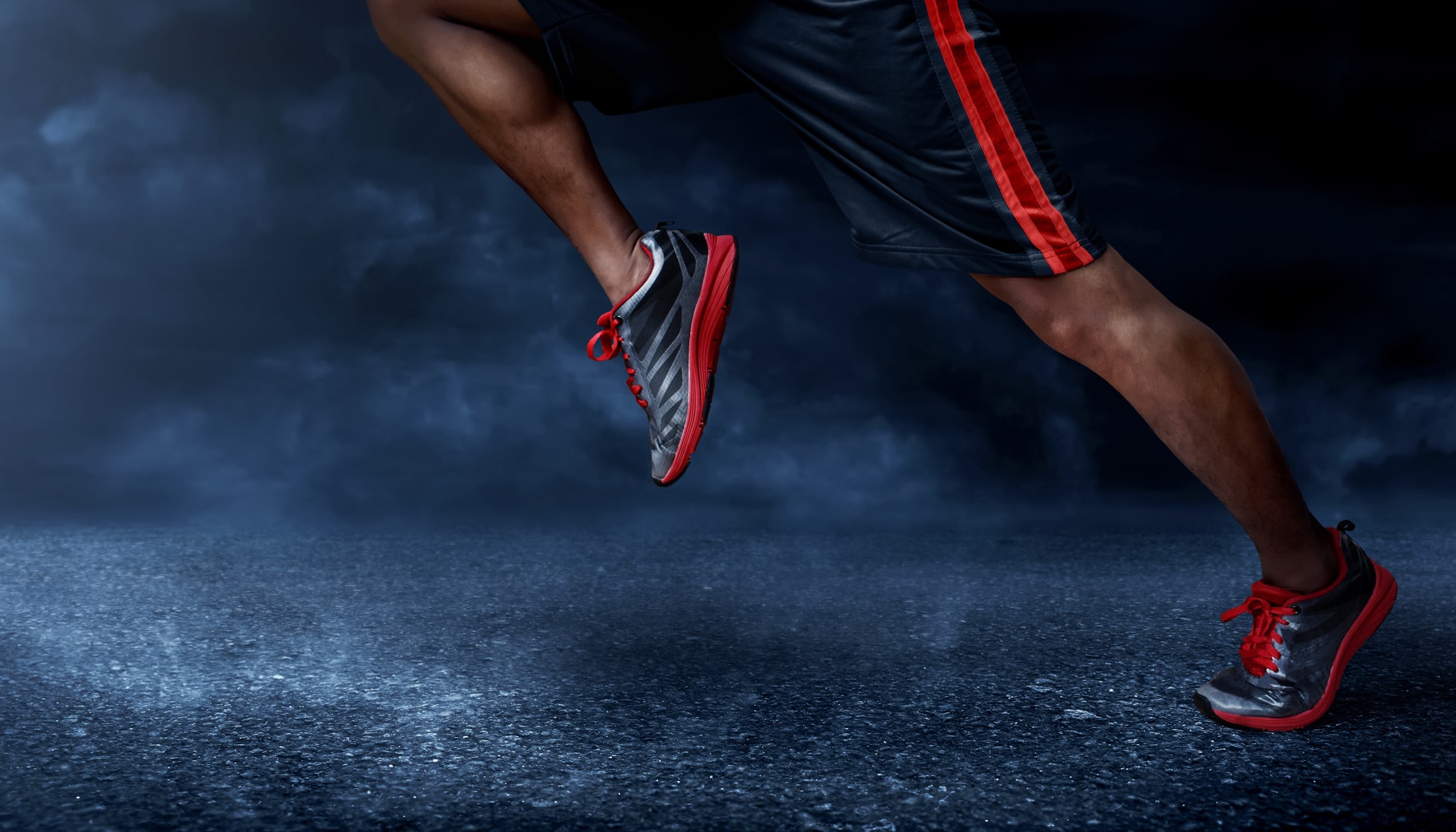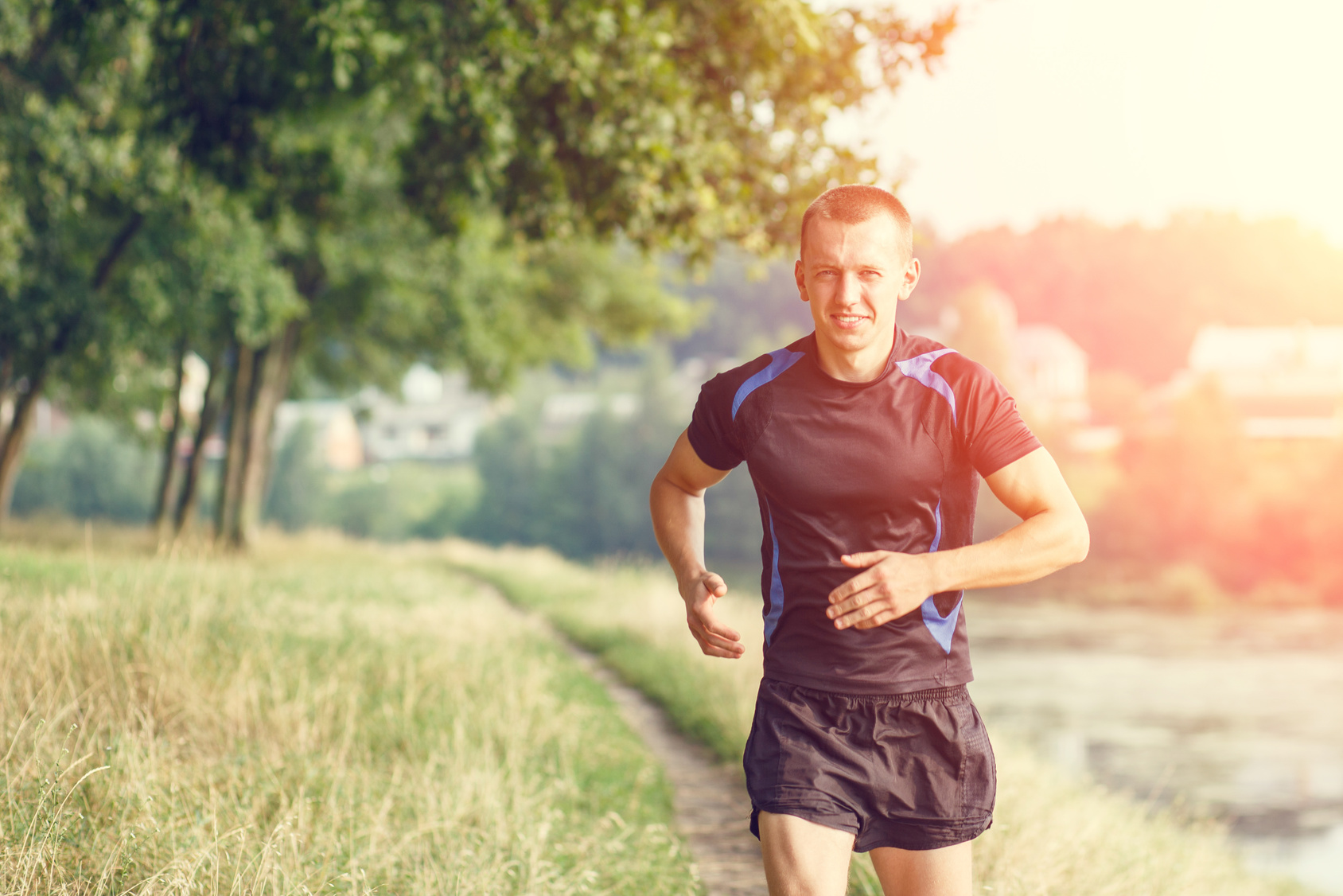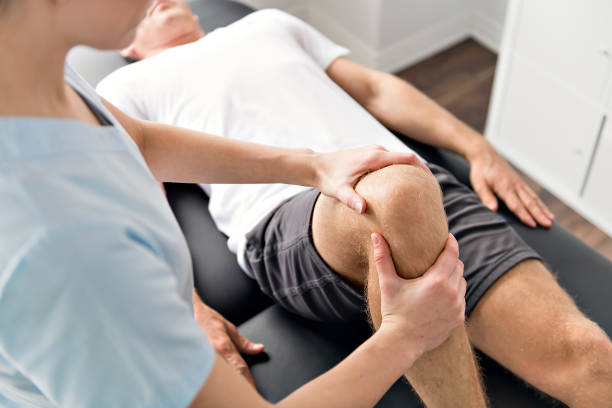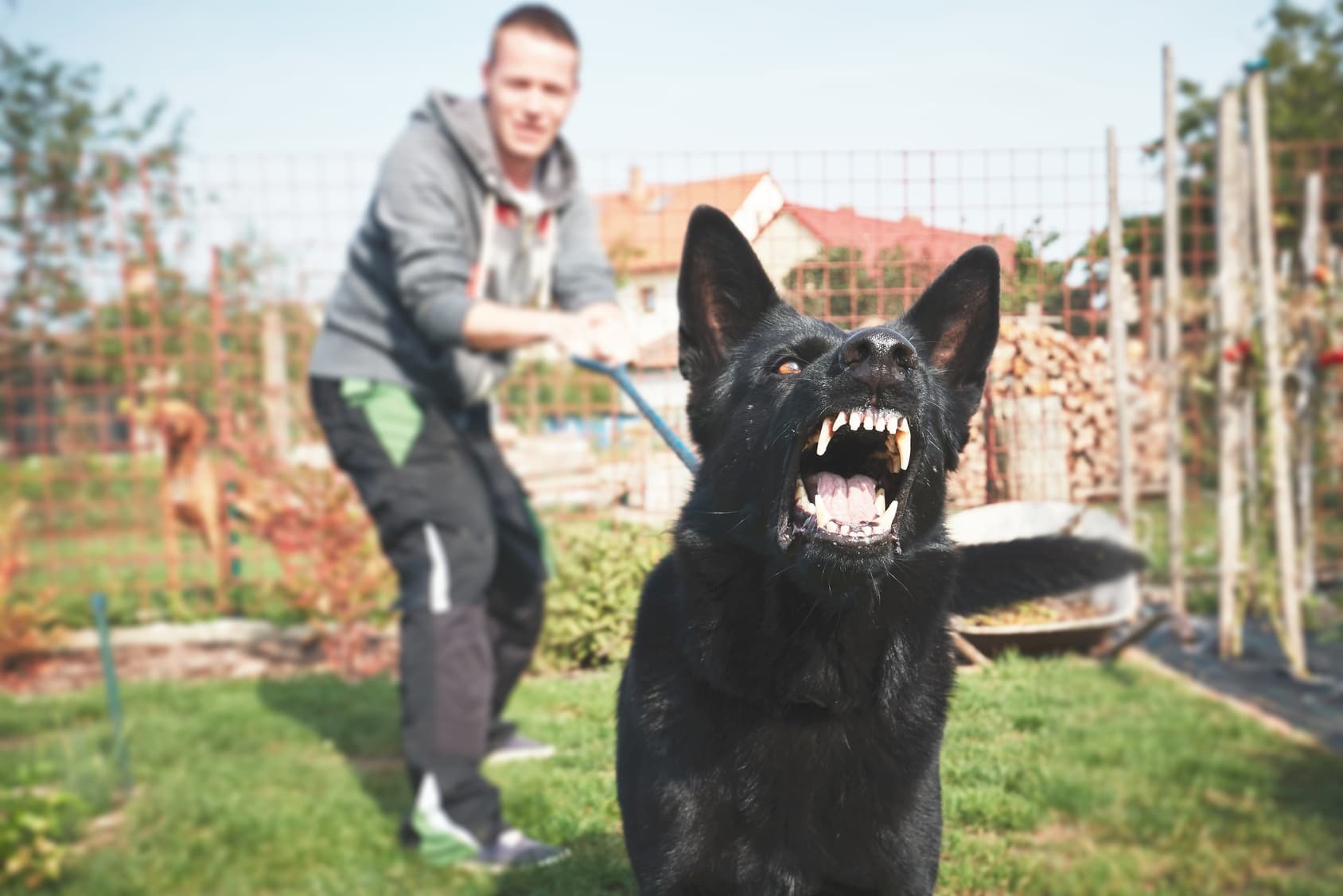Got blisters? Don’t let them slow down your running game! We’ve all been there, and I’m here to tell you that there’s no need to hang up your running shoes for good.
In fact, with the right know-how, you can treat those pesky blisters and keep them from ruining your runs.
In this article, we’re diving deep into the world of running blisters: what causes them, how to treat them like a pro, and most importantly, how to kick them to the curb for good. Ready to hit the ground running?
Let’s jump right in!
Running Blisters Explained
Picture this: You’re in the middle of an exhilarating run, the wind in your hair, and the world at your feet. But then, it happens – that telltale burning sensation that reminds you of an unwelcome guest: blisters.
Yep, those pesky little bumps that seem to have a knack for showing up just when you least expect them.
So, what exactly is a running blister? Well, think of it as your body’s way of saying, “Hey, I need a break!”
Blisters are like the little alarms that go off when the outer layers of your skin decide to have a friction-filled party. They rub together, break apart, and fill up with not-so-pleasant fluid.
Now, here’s the kicker – anything that cranks up the friction can make these blisters throw an even bigger tantrum.
We’re talking about improper running shoes, the ones that are either too tight or feel like they’ve got a mind of their own. And let’s not forget about bad running form – it’s like an open invitation for blisters to crash your running party.
But wait, there’s more! Sometimes, it’s not your shoes or your form but your feet themselves that can lead to blister trouble. Conditions like hammertoes, bunions, and heel spurs are like the troublemakers of the foot world, making you more susceptible to these irritating bumps.
Now, where do these blisters like to hang out the most? Well, they’ve got a soft spot for areas like the arches, the soles of your feet, and those poor little toes.
Why? Because these spots love to cozy up to your running shoes, engaging in a non-stop rubbing marathon.
The Blistering Process
Have you ever wondered what’s cooking beneath that bubbly surface? Well, here’s the lowdown, and trust me, it’s more intriguing than you might think.
Stage 1: The Epidermal Tear
So, picture this: you’re out on a long run, miles under your belt, and suddenly, you start feeling that familiar hot spot on your foot. That’s when the blister story begins. It all kicks off with a tiny tear in the epidermis – that’s the fancy term for the upper layer of your skin.
Stage 2: Separation Anxiety
Now, the real action starts. The outer layer of your skin decides to have a little separation party from the inner layers. It’s like they’re saying, “We need some space!”
So, they create a gap, a pocket of emptiness if you will, while keeping the surface intact.
Stage 3: Lymph Fluid Invasion
As if the separation shindig wasn’t enough, here comes the guest of honor – lymph fluids. These little guys seep into that gap, filling it up under the affected skin.
It’s like a mini swelling party that’s just getting started. The pressure builds, and voilà, you’ve got yourself a full-blown blister.
Bonus Stage: The Blood Vessel Twist
And for the grand finale – sometimes, things take a dramatic turn. A blood vessel in the vicinity might decide to add a little extra pizzazz to the mix. That’s when you end up with a blood blister.
Yep, it’s as intense as it sounds. Blood vessel rupture, fluid buildup, and a vibrant shade of red – it’s a blister with a twist!
For more on blisters and the science behind treatment, check the following scientific articles:
- Etiological Foundation for Practical Strategies to Prevent Exercise
- Treatment of Friction Blisters: An Experimental Study
- Blisters and Calluses from Rowing: Prevalence, Perceptions and Pain Tolerance
- Treatment and Prevention of Foot Friction Blisters
- Friction blisters. Pathophysiology, prevention, and treatment.
- First-Aid Treatment for Friction Blisters:
How to Treat Blisters For Runners
Most cases of running blisters aren’t medical emergencies but shouldn’t be ignored—especially when they’re too painful.
In fact, some blisters can get infected if you don’t take care of them early and properly.
Here’s how to safely treat running blisters in the comfort of your own home.
“To Pop or Not to Pop—That is the Question.”
Imagine this scenario: you’re out on a run, pounding the pavement, and suddenly, you feel the unmistakable presence of a blister. But here’s the deal – if it’s not causing you pain, it’s okay to let nature do its thing. You see, blisters have a tendency to break on their own eventually, and when they do, the fluid drains naturally.
Now, let’s talk about the big, bad blisters – the ones that are throbbing and causing you agony. When you’ve got a blister that’s making every step painful, it’s time to take matters into your own hands – but don’t worry, we’ll guide you through it.
Safely Draining a Running Blister: Step by Step
Do the following for a safe blister drainage procedure.
Clean Hands Rule:
First things first, wash your hands thoroughly. No shortcuts here – use soap and water to make sure those hands are squeaky clean.
Needle Sterilization:
If you’re going to pop that blister, you’ll need a trusty needle. But before you get to work, sterilize it! You can wipe it down with some alcohol or go the extra mile by boiling it for a solid 10 minutes. Safety first!
Piercing Strategy:
Now, it’s time to be precise. Carefully pierce the blister in several spots, but aim for areas close to the blister’s edge. This will allow the fluid to drain effectively.
Fluid Drainage:
Get yourself a clean piece of gauze or cotton – we’re talking pristine here! Gently press on the blister to encourage the fluid to drain out. But here’s the golden rule – leave the skin covering the blister intact.
Antiseptic TLC:
After the fluid is out, it’s time for some antiseptic love. Apply an antiseptic cream to the wounded area – this helps keep nasty bacteria at bay.
Second Skin Saver:
For an extra layer of protection, consider using a second skin product like Band-Aid Blister Block. It adds another level of defense against unwanted intruders.
No Peeling Allowed:
Repeat after me – “I will not peel the excessive skin!” Let that skin peel on its own time. Trust the process. Peeling it prematurely can expose your blister’s sensitive underbelly to potential infections.
Dealing With Blisters in The Middle of A Race
So, you’re in the middle of a race – be it a middle-distance sprint or a long-haul endurance challenge – and suddenly, there it is, that unwelcome blister making its grand entrance.
What do you do? Here’s your playbook:
Stop at a Medical Station:
Most races, especially organized ones, have medical stations strategically placed along the route. Consider these your pit stops for foot-related emergencies. When a blister strikes, make a beeline for the nearest medical station.
Let the Pros Handle It:
At these medical stations, you’ll find seasoned professionals who know the ins and outs of dealing with blisters. They’ve seen it all and can provide expert advice and assistance.
Assessment and Treatment:
The pros will assess your blister, taking into account its size, location, and severity. Based on their evaluation, they’ll recommend the best course of action. Sometimes, it might be as simple as draining the blister or providing padding to reduce friction.
Return to the Race:
Now, here’s the good news – with a bit of luck and the right care, you should be able to get back in the race pain-free. The pros are equipped to offer quick solutions so you can continue chasing your race-day goals.
Why It’s the Best Approach
Dealing with a blister during a race is no joke, and here’s why turning to the medical station is your best bet:
Medical stations offer immediate care, ensuring you don’t waste precious time fumbling with your blister or trying to tough it out. They’ll get you back on track faster.
These medical professionals deal with runners’ woes day in and day out. They know what works best and can provide tailored solutions for your specific situation.
How to Prevent Running Blisters
Want to avoid running blisters in the future?
Do the following.
Minimize Friction
Alright, let’s talk about the real MVPs of your running journey – your shoes! Whether you’re a seasoned pro or just starting out, your choice of running shoes can make or break your experience.
When it comes to preventing those pesky blisters, it all starts with proper footwear.
Here’s your guide to finding the perfect pair of running shoes and avoiding blisters like a pro.
The Shoe-Blisters Connection
Let’s get straight to the point – shoes are often the culprits behind those annoying blisters that plague many runners.
Ill-fitting trainers can turn your exhilarating run into a painful ordeal, particularly in areas like the arches, under your toes, and around the ends of your toenails. But fear not because we’ve got the playbook to help you make the right shoe choices.
Rule #1: Proper Fit
The golden rule of choosing running shoes is that they should fit like a glove but not too tight! You want to leave enough room inside the shoe for your feet to breathe and move comfortably. Here’s how to nail the perfect fit:
Aim for at least a thumb’s width of space between your longest toe and the end of the shoe. This gives your toes room to wiggle without feeling cramped.
Rule #2: Test Drive Your Shoes
Before committing to a pair of running shoes, it’s like dating – you’ve got to test the waters! Don’t just grab the first pair you see and hit the road. Instead, follow these steps:
Try on different pairs:
Explore a variety of brands and models to see which ones feel the most comfortable. Everyone’s feet are unique, so what works for one runner may not work for another.
Test drive them:
Once you’ve picked a potential pair, wear them around for a bit. Walk, jog, and let your feet get accustomed to the shoes. This “breaking in” period is essential to prevent blisters and ensure maximum comfort.
Additional Resource – Your guide to runners itch
Choose Running Socks
Socks play a vital role in keeping your feet comfortable and blister-free during your runs. They’re not just an afterthought; they’re a crucial part of your running gear.
Here’s why:
Extra Support:
Running socks are designed with your comfort in mind. They offer extra cushioning and support in all the right places, reducing the risk of blisters.
Moisture Management:
Sweaty feet are a breeding ground for blisters. Proper running socks are excellent at wicking moisture away, keeping your feet dry and blister-free.
Friction Fighters:
Running socks are your first line of defense against friction. They reduce the chances of your skin rubbing against your shoes, a common cause of blisters.
Say No to Cotton
Now, let’s address the sock no-no – cotton. While cotton socks might be cozy for lounging around, they’re a big no-no for running. Here’s why:
Cotton soaks up sweat and moisture like a sponge, increasing your risk of blisters.
Instead, go for specialized running socks designed to keep your feet happy. We recommend synthetic options like polypropylene socks or brands like WrightSocks, Teflon, or CoolMax. These socks are moisture-wicking pros, ensuring your feet stay dry and blister-free.
Double Trouble – In a Good Way!
If blisters have been a persistent problem for you, here’s a pro tip – double up on your socks. When you wear two pairs of socks, any friction occurs between the socks themselves rather than between your skin and the sock. It’s like an extra layer of protection for your precious feet.
Prepare for Rainy Runs
For those unpredictable rainy runs or races, always have an extra pair of socks on hand. Wet socks are a recipe for disaster, increasing your chances of blisters. Switching to dry socks, mid-run can make a world of difference.
Additional resource – Here’s your guide to pain on top of the foot when running.
Apply Lubricants
You’ve got your shoes and socks sorted, but there’s one more trick to keep those blisters at bay – lubricants. Think of them as your secret weapon against friction, the arch-nemesis of blister-free running.
Here’s why.
Lubricants act as a protective barrier between your skin and your trainers. They’re like the bodyguards of your feet, reducing the friction that can lead to blisters.
If you’ve got dry skin or skin with cracks, you know how vulnerable those areas are to blisters. Lubricants step in to keep these trouble spots in check.
What’s more?
Applying a lubricant is a breeze. It’s a simple step that can make a big difference in your running comfort.
Apply Liberally (But Not Too Much!)
Now, let’s talk application. The key here is to strike a balance – apply enough to protect your feet, but not so much that you turn your shoes into a slip ‘n slide.
Here’s how to do it right:
Trouble Areas: Start by identifying the areas of your feet that are prone to blisters or where you tend to develop dry skin. These are your trouble spots, and they deserve extra attention.
When it comes to lubricants, you’ve got options. Many runners swear by good ol’ petroleum jelly – it’s affordable and readily available. But if you’re looking for specialized products, consider brands like Sportlick, Runners Lube, Body Glide, Chamois, or Sports Shield. Your pick may come down to personal preference.
Last but not least, don’t skimp on lubrication. Apply it generously to your feet, paying close attention to those trouble areas. A little extra now can save you from a lot of discomfort later.
Running Blisters – The Conclusion
There you have it! If you’re serious about treating and preventing foot blisters when running, then today’s article has you covered.
The rest is just details.
Please feel free to leave your comments and questions in the section below.
Thank you for stopping by

